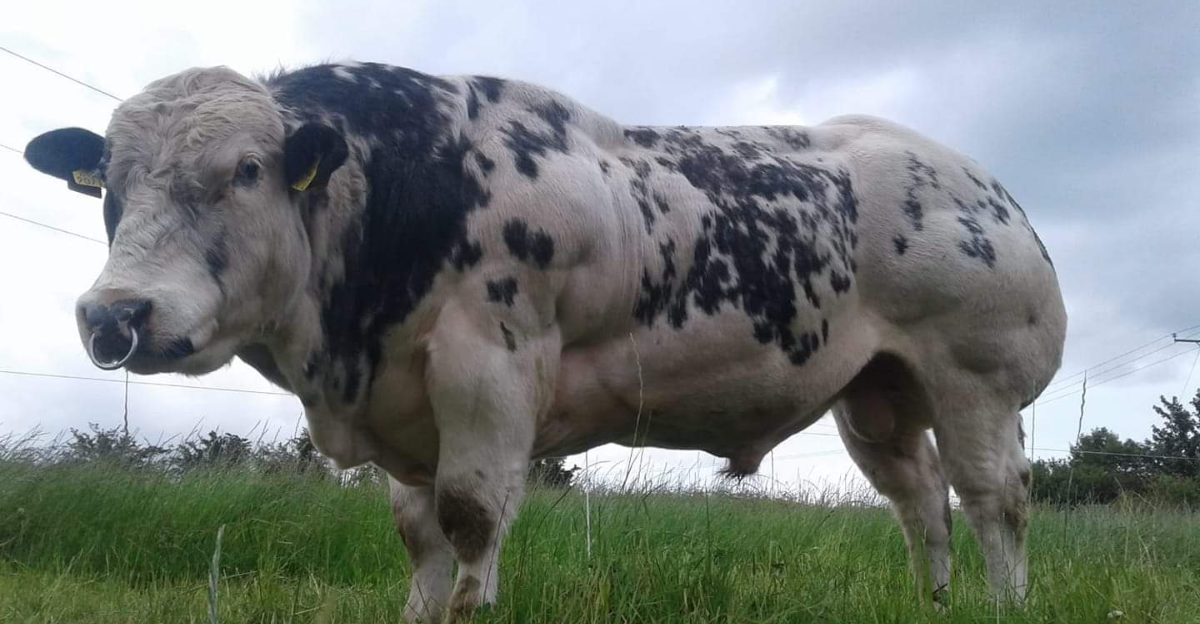
Planet Earth is home to some of the strangest and greatest animals, but when we think of new and emerging species, we generally think that we’ve seen it all.
The thing about nature’s animals is that they are constantly evolving, whether through natural factors or human-induced ones. Here, we have a fascinating look at some of the newest species of animals that either existed as something completely different over 100 years ago or didn’t exist at all.
From hybrid canine species that have emerged from crossing wolves and coyotes to mosquitoes evolving into a new species adapted perfectly to the London underground, let’s dive in.
The Coywolf
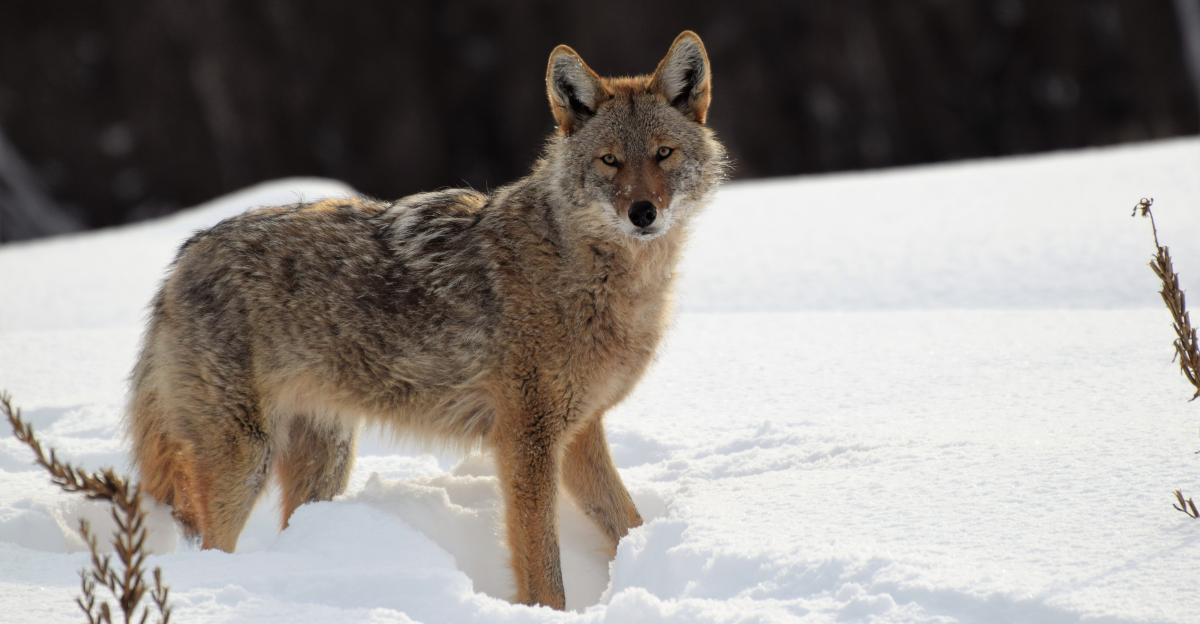
The coywolf is a unique canine hybrid that, as the name suggests, is a result of the interbreeding between coyotes and wolves. This crossing of canines resulting in a new animal with unique adaptations suited for both the wilderness and urban environments.
Coywolves share many wolf traits, including their pack mentality and size, while having the adaptability and shrewd intellect of the coyote. This allows these hybrid animals to dwell in areas where neither parent species would thrive alone.
They represent the success of a new hybrid in nature, showcasing how animals are adapting in response to a changing environment.
London Underground Mosquitoes
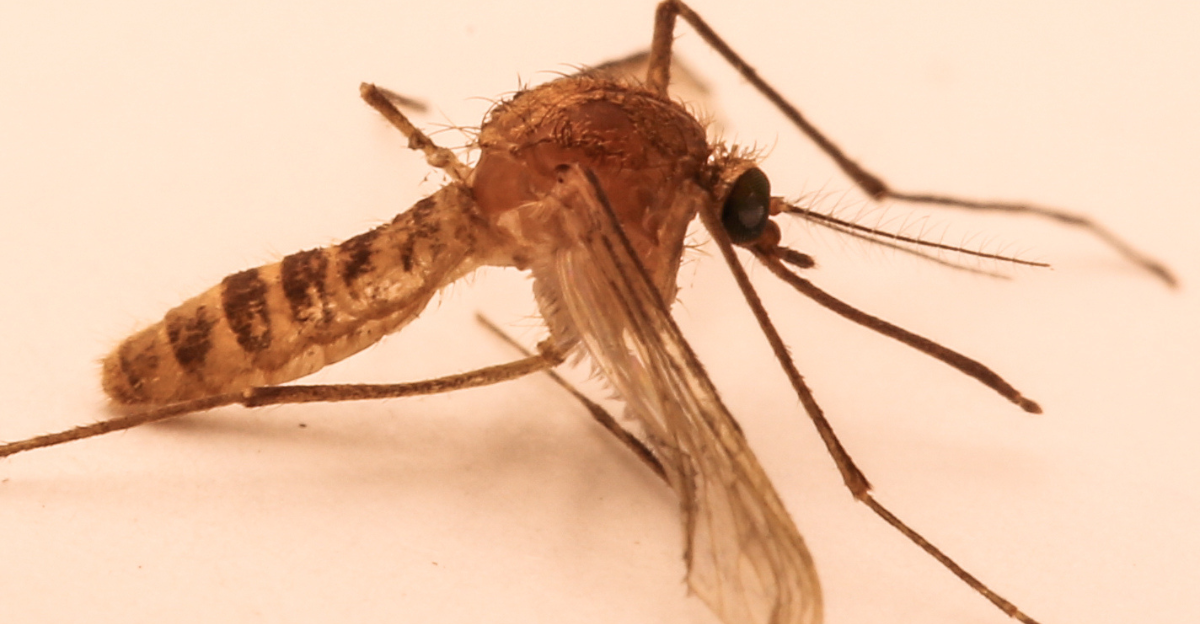
Mosquitoes in the modern age have shown a surprising amount of adaptability, and one species has changed enough in a new environment that sets it apart from its cousins – the London Underground mosquito.
The mosquito has evolved from living above ground and has adapted to specific subterranean environments. They have developed a distinct genetic difference from surface-dwelling mosquitoes, including changes to their breeding cycles and feeding habits.
They are a great example of rapid evolution to urban environments and human encroachment, which makes sense as they thrive in spaces with a high density of hosts – humans.
Grolar Bear
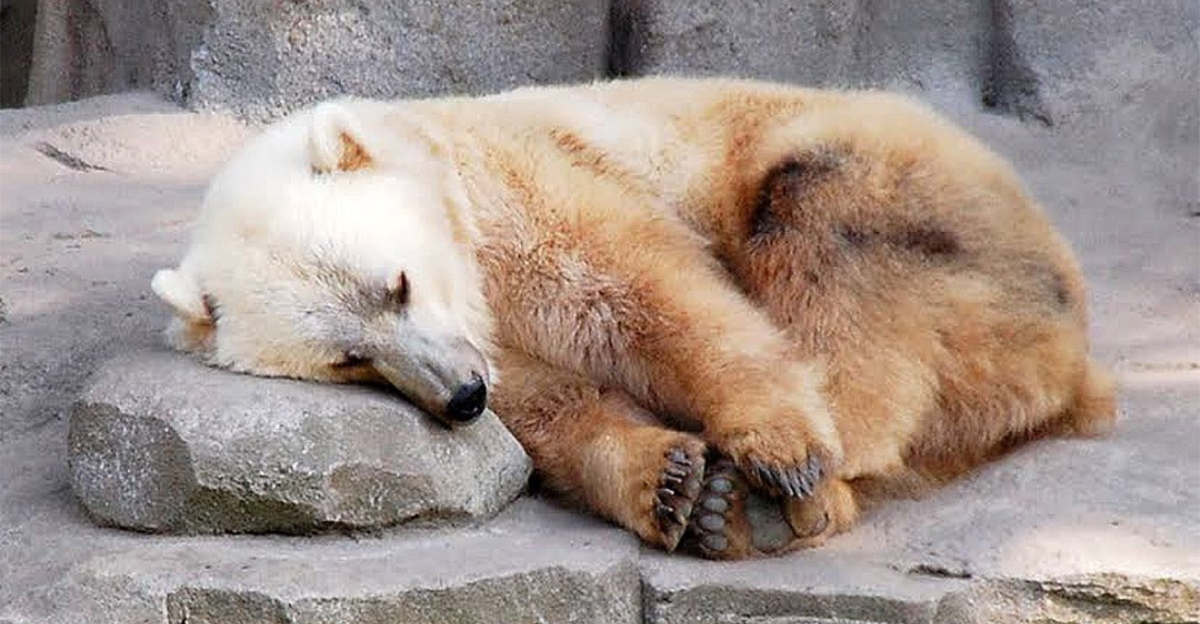
The grolar bear is a fascinating example of a new hybrid emerging from two species that, a few decades ago, would never have even crossed paths. Polar bear and grizzly bear populations are now overlapping, meaning that in some rare cases, they can breed.
The resulting grolar bear was first confirmed in the wild in 2006 and shows how climate change is causing polar bears to move further inland with melting ice and grizzlies to move further north as the climate becomes more suitable for them.
They are a warning of species dilution if climate risk factors remain unaddressed.
GloFish
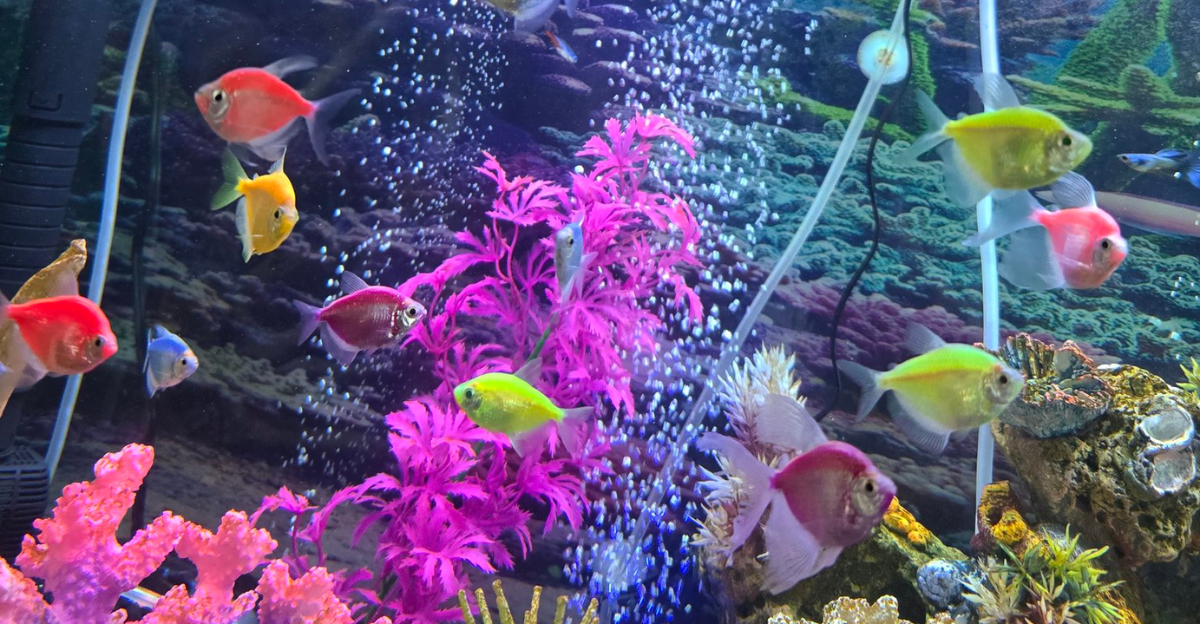
The GloFish is the first genetically modified animal to be sold as a pet. They were created by scientists who took genes from bioluminescent marine organisms and put them into zebrafish.
They were originally developed to serve the purpose of detecting water pollution, and glow vibrant colors like red, green, and blue under a blacklight.
They bring up the important questions of developing animals for human entertainment and ethics while showcasing how advanced genetic engineering has become in recent years, from research applications to now being part of commercial sectors.
Ligers And Tigons
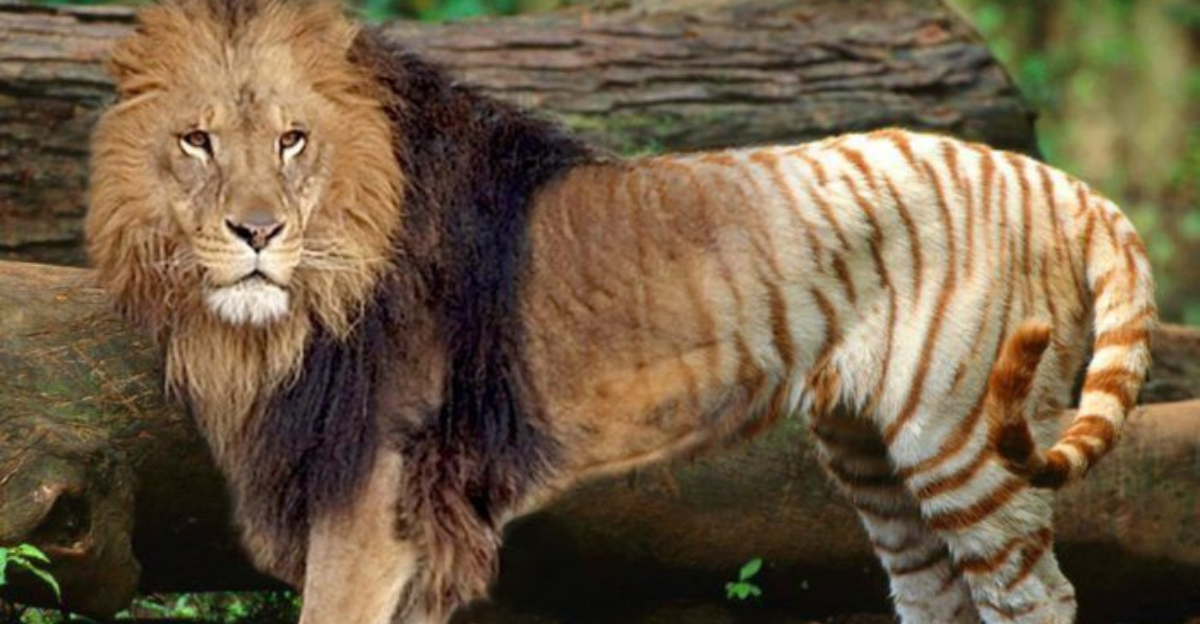
Ligers and tigons may have been the first well-known hybrid species. They come from the crossing of tigers and lions, with ligers being born to tiger mothers and tigons being born to lion mothers.
These unique hybrids can be much larger than either of their parents, and highlight how two distinct species’ genes combine together in unexpected ways in a mix of behavioral and physical traits.
These hybrids can occur in extreme rare cases in the wild, but most examples have been through captivity where the two species live together and interact. They raise questions about how human intervention can result in new hybrids, and how ethical it is.
Beefalo
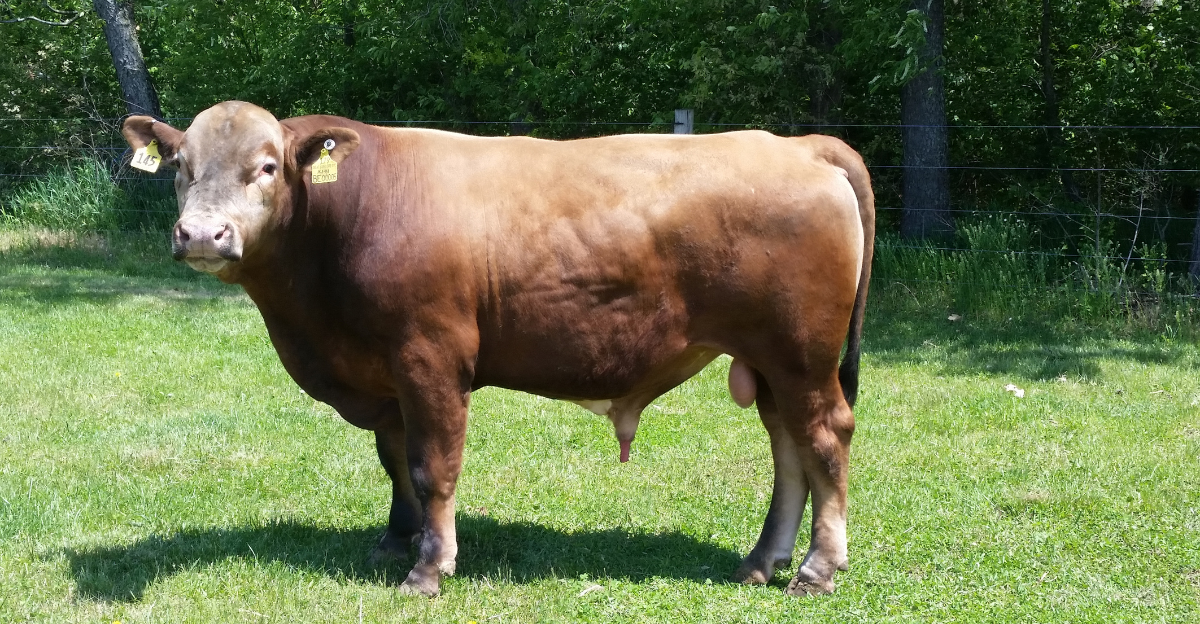
The beefalo is a bovine hybrid that is the result of crossing domestic cattle with American bison. This was a human development, with the aim to get the superior meat qualities of bison with the docile and domesticated traits of cattle.
Beefalo offer leaner meat than cattle but require less feed and have better resistance to disease that can decimate cattle populations.
This showcases a new method in food development through hybridization but also has implications for diluting both species’ populations if it takes off and domestic cattle are replaced by this hybrid, making domestic cattle somewhat obsolete.
Savannah Cat
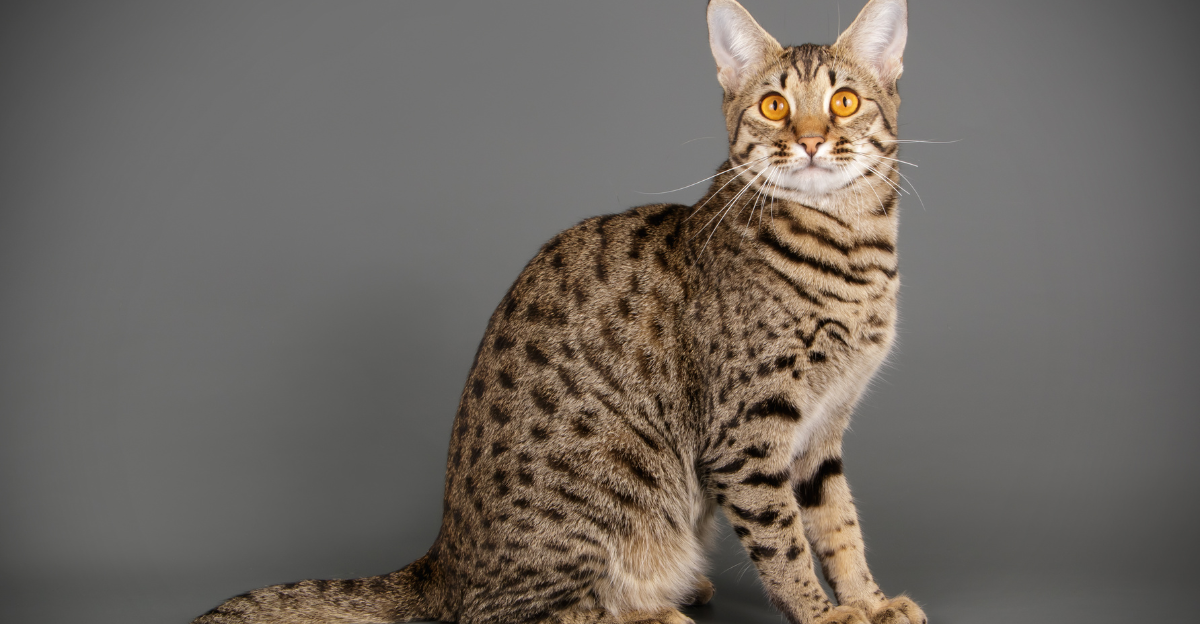
The savannah cat is the result of crossing domestic cats with wild African servals. They share their unique and exotic look with their wild parents but have a surprising temperament that is close to that of a house cat.
These hybrids have unique spotted coats, longer legs, and can grow much larger than that of a typical house cat.
They first emerged in the late 20th century and represent a demand for having a domestic animal with the look of something more “exciting” and exotic.
Bedbugs
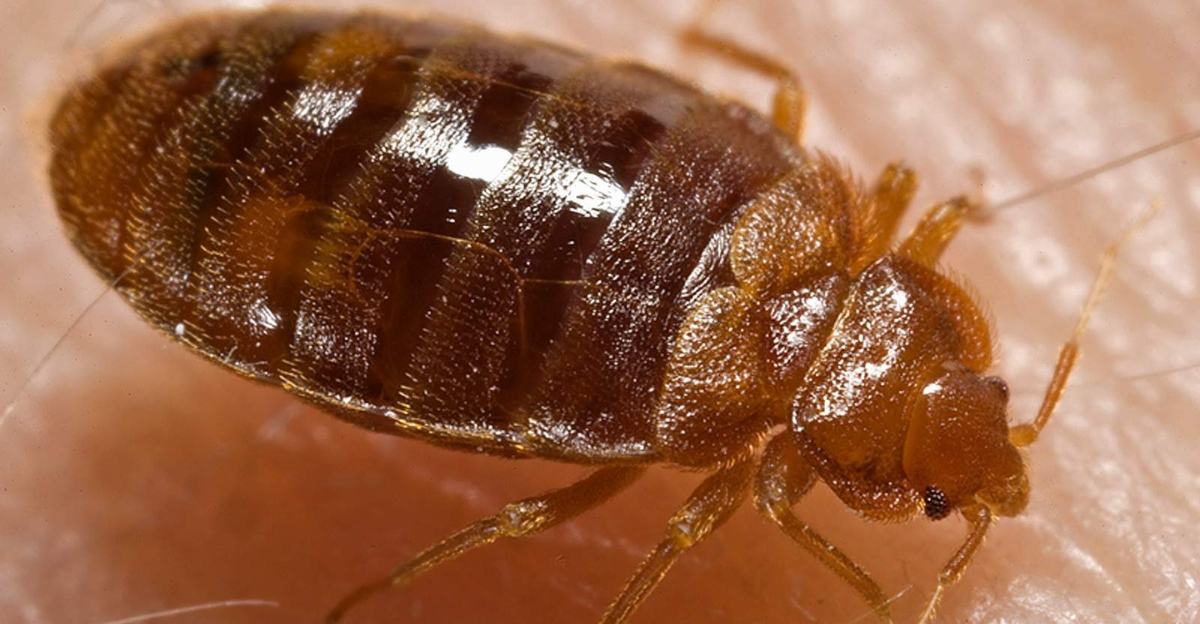
Bedbugs are a hated species, but they aren’t going anywhere, and have actually shown rapid and surprising adaptations in the last 100 years. Scientists have seen notable changes in modern bedbugs which practically makes them a new species.
Through decades of being exposed to pesticides, they have developed a resistance to the chemicals while improving they ability to thrive in dense urban environments, with longer legs for faster escapes and shifts in their schedules to be more active at night when humans will be asleep.
The evolutionary shift showcases how quickly some species can adapt to human environments while learning to exploit them.
The Neo-Quagga
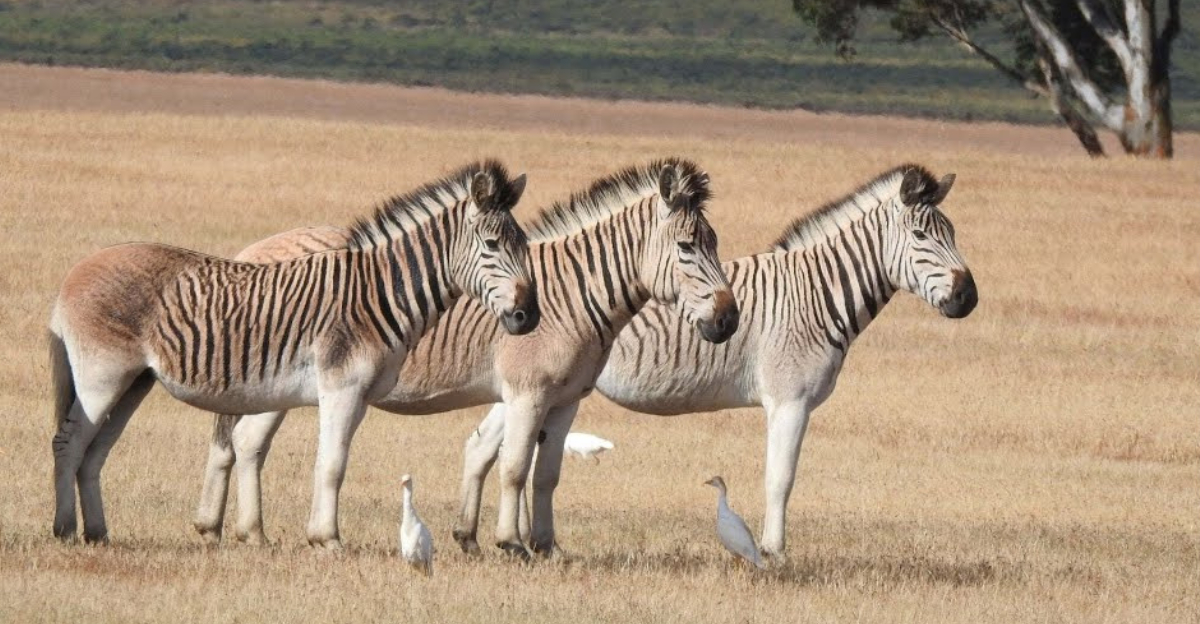
The original Quagga was a strange subspecies of zebra that has a distinct partial striping. Unfortunately, they went extinct in the 19th century, but in recent years, scientists have been working to recreate the animal through zebras that carry quagga-specific genes.
These “neo-quaggas” show a fascinating de-extinction effort and conservation of genetics.
Though not genetically identical to the old quaggas, they resemble their predecessors and bring up ethical questions about bringing back extinct animals that may no longer have a place in the world.
Explore more of our trending stories and hit Follow to keep them coming to your feed!

Don’t miss out on more stories like this! Hit the Follow button at the top of this article to stay updated with the latest news. Share your thoughts in the comments—we’d love to hear from you!







